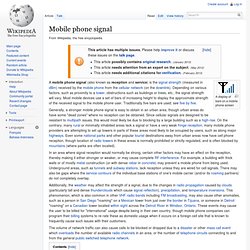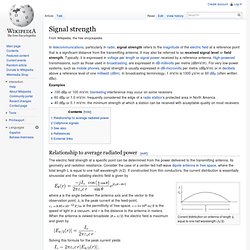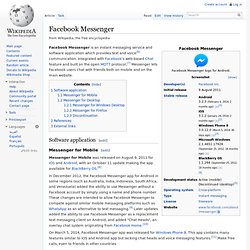

Phone. What Do Cell Phone Signal Bars Really, Really Mean? We need to jump in here and stop the spread of some misinformation.

A story that started as a round of Ask Metafilter (a blog that seeks answers by harvesting the minds of commenters) has been picked up by a number of big nameblogs. We're not sure if the others went back and read the original post, or if they all just got their info from the first blog to pick it up, but they all managed to get the facts wrong. We're about to get a little technical here, but read along. This is actually pretty interesting stuff if you like to know how your cell phone works.
The question? EC/I0 (ee see over eye naught) plays an important role in your ability to place a call, but due to wild fluctuations, you would never see it visually represented on a phone in the form of bars. The problem with measuring cell reception is that there is no industry standard for measuring signal strength. So the simple answer to ""what exactly do those cell phone reception bars represent? " From Ask Metafilter Related links: Mobile phone signal. A display of bars on a mobile phone screen A mobile phone signal (also known as reception and service) is the signal strength (measured in dBm) received by the mobile phone from the cellular network (on the downlink).

Depending on various factors, such as proximity to a tower, obstructions such as buildings or trees, etc., the signal strength will vary. Most mobile devices use a set of bars of increasing height to display the approximate strength of the received signal to the mobile phone user. Traditionally five bars are used; see five by five. Generally, a stronger mobile phone signal is easy to obtain in an urban area, though urban areas do have some "dead zones" where no reception can be obtained. In an area where signal reception would normally be strong, certain other factors may have an effect on the reception, thereby making it either stronger or weaker, or may cause complete RF interference.
Signal strength. Examples 100 dBµ or 100 mV/m: blanketing interference may occur on some receivers60 dBµ or 1.0 mV/m: frequently considered the edge of a radio station's protected area in North America40 dBµ or 0.1 mV/m: the minimum strength at which a station can be received with acceptable quality on most receivers Relationship to average radiated power[edit] The electric field strength at a specific point can be determined from the power delivered to the transmitting antenna, its geometry and radiation resistance.

Consider the case of a center-fed half-wave dipole antenna in free space, where the total length L is equal to one half wavelength (λ/2). If constructed from thin conductors, the current distribution is essentially sinusoidal and the radiating electric field is given by Current distribution on antenna of length. Text messaging. Text messaging, or texting, is the act of composing and sending a brief, electronic message between two or more mobile phones, or fixed or portable devices over a phone network.
The term originally referred to messages sent using the Short Message Service (SMS). It has grown to include messages containing image, video, and sound content (known as MMS messages). The sender of a text message is known as a texter, while the service itself has different colloquialisms depending on the region. It may simply be referred to as a text in North America, the United Kingdom, Australia, New Zealand and the Philippines, an SMS in most of mainland Europe, and a TMS or SMS in the Middle East, Africa and Asia.
Text messages can be used to interact with automated systems to, for example, order products or services, or participate in contests. Telephone call. A telephone call is a connection over a telephone network between the calling party and the called party.

First telephone call[edit] The first telephone call was made on March 10, 1876 by Alexander Graham Bell. Bell demonstrated his ability to "talk with electricity" by transmitting a call to his assistant, Thomas Watson. The first words transmitted were "Mr Watson, come here. I want to see you. " This event has been called Bell's "greatest success", as it demonstrated the first successful use of the telephone.[1]
United Kingdom) - iOS 7 - FaceTime. Appels gratuits sur Internet et appels téléphoniques économiques. Welcome to Facebook - Log In, Sign Up or Learn More. Facebook Messenger. Facebook Messenger is an instant messaging service and software application which provides text and voice[6] communication.

Integrated with Facebook's web-based Chat feature and built on the open MQTT protocol,[7] Messenger lets Facebook users chat with friends both on mobile and on the main website. Software application[edit] Messenger for Mobile[edit] In December 2012, the Facebook Messenger app for Android in some regions (such as Australia, India, Indonesia, South Africa, and Venezuela) added the ability to use Messenger without a Facebook account by simply using a name and phone number. These changes are intended to allow Facebook Messenger to compete against similar mobile messaging platforms such as WhatsApp as an alternative to text messaging.[9] Later updates added the ability to use Facebook Messenger as a replacement text messaging client on Android, and added "Chat Heads", an overlay chat system originating from Facebook Home.[10] Messenger for Desktop[edit]